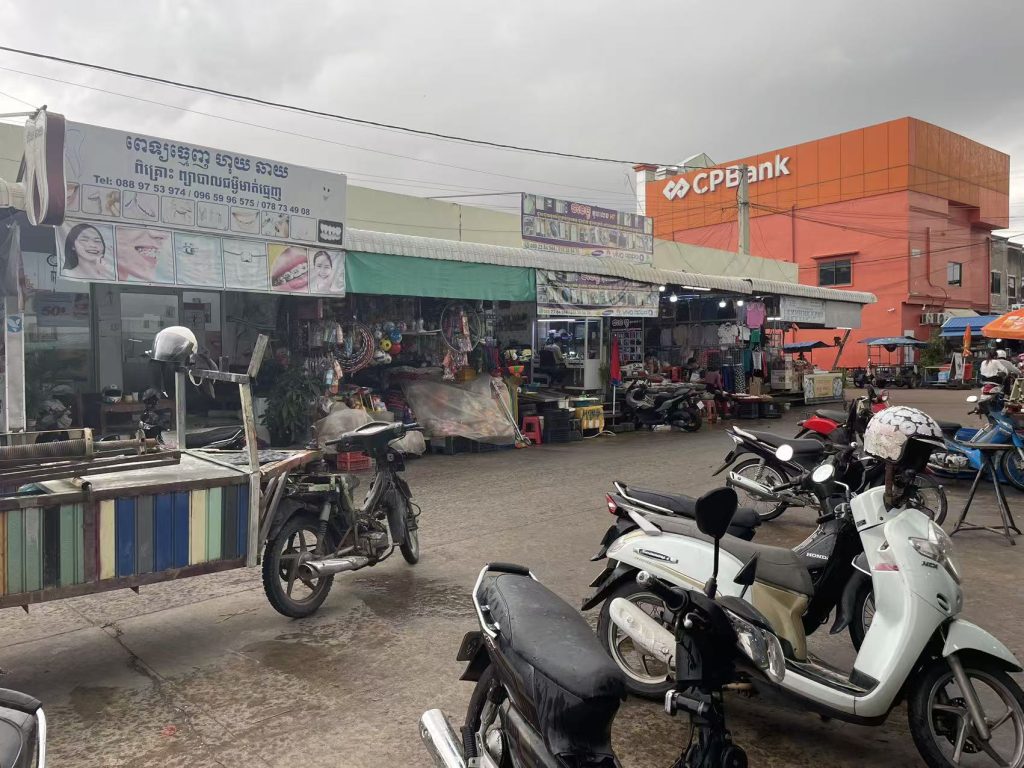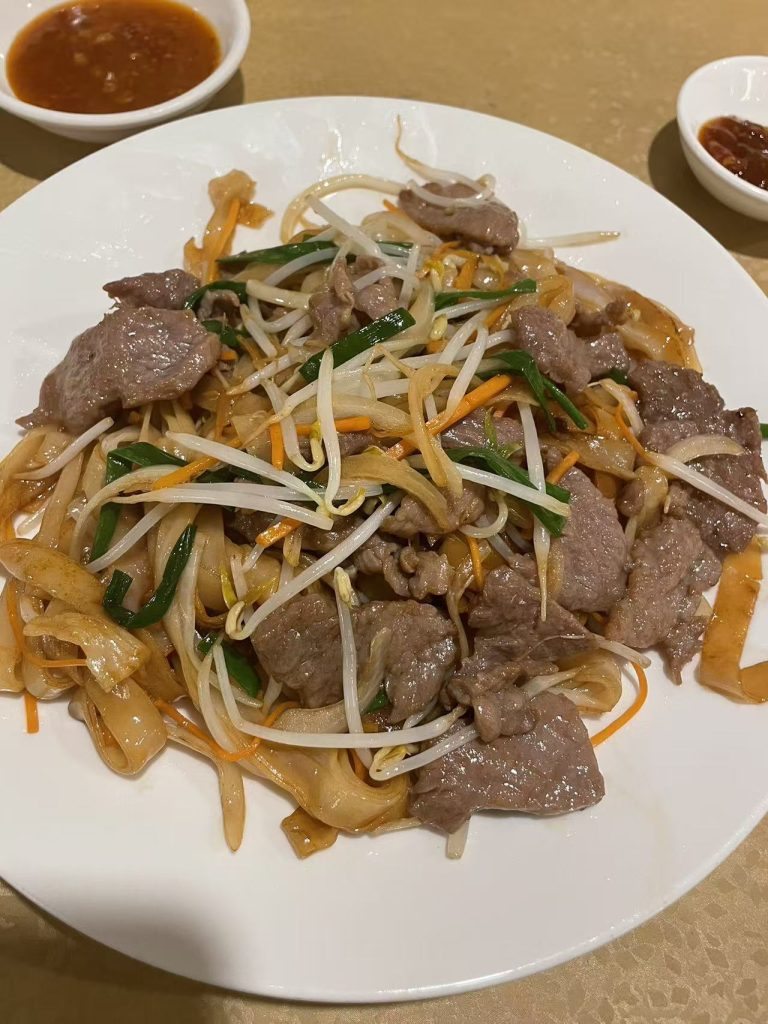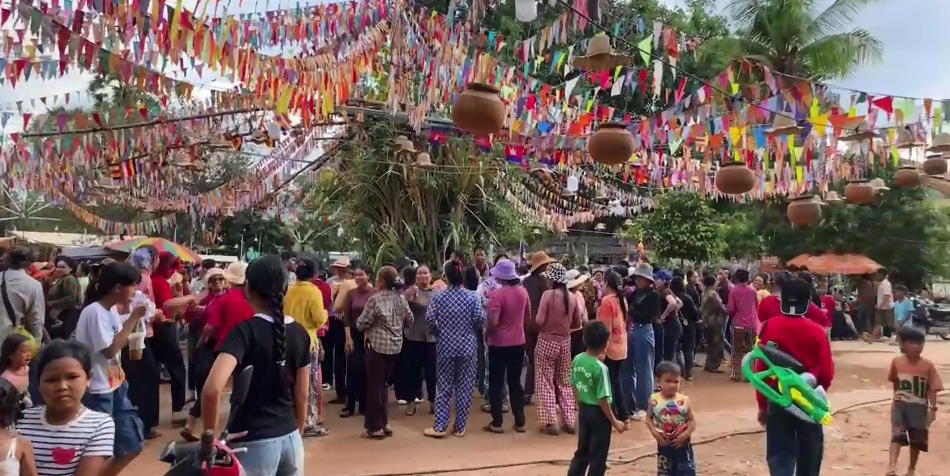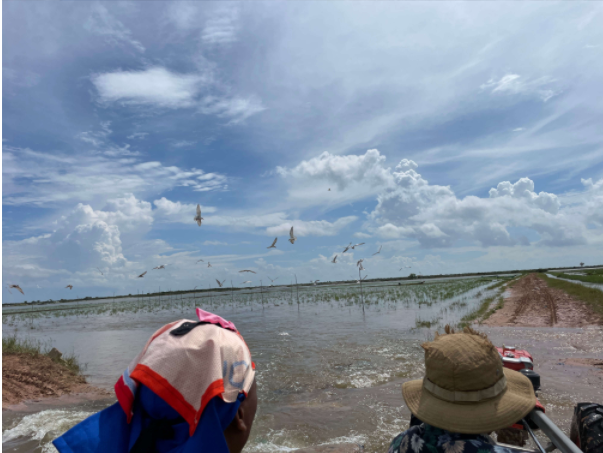Introduction – Cambodia’s Thriving Garment Industry
Cambodia is one of Southeast Asia’s major garment manufacturing hubs, hosting thousands of factories that supply clothing to international markets. The sector is largely supported by foreign investment from mainland China, Taiwan, and other Asian regions, which has established a strong industrial base on the outskirts of Phnom Penh and other provincial cities. These zones not only drive the country’s export economy but also create massive employment opportunities, attracting workers from rural provinces in search of stable incomes and improved living conditions.
The Workforce Behind the Fabric
Most garment factories in Cambodia employ large numbers of workers—primarily women—who form the backbone of the industry. At first-tier factories, wages typically start above USD 200 per month, with additional incentives for skilled operators or overtime shifts. Many rural residents migrate seasonally to urban areas during the dry season to work in factories, returning home when the agricultural cycle begins.
As agriculture becomes increasingly mechanized, manual labor is now limited to specific tasks such as grain drying or sorting. This shift allows rural populations to pursue dual sources of income, balancing both farming and factory work depending on the season.

Year-Round Production and Economic Stability
Unlike agriculture, which depends on seasonal cycles, garment manufacturing operates throughout the year. Production only pauses briefly during public holidays such as Khmer New Year or Pchum Ben. This continuity contributes to a steady national GDP flow and sustains Cambodia’s reputation as a reliable exporter of affordable, high-volume clothing.
The diversity of products—ranging from casual wear and uniforms to export-quality fashion apparel—has expanded significantly. The increasing integration of modern production technologies and design variations has made Cambodian factories competitive in regional markets.
Urban Clothing Markets and Consumer Habits
In cities such as Phnom Penh and Siem Reap, clothing is easily available through multiple retail channels:
- Supermarkets and shopping malls carrying international brands;
- Local wet markets offering affordable, everyday wear;
- Night markets and riverside stalls selling trendy items to both locals and tourists;
- Street vendors who adapt quickly to weather and seasonal demands.
Digital payments, local bank apps, and cash remain equally accepted, making daily apparel shopping highly convenient. Whether one is a tourist looking for light travel clothes or a local seeking durable workwear, the accessibility of fashion options reflects the growing sophistication of Cambodia’s retail environment.

Weather, Lifestyle, and Clothing Practices
Cambodia’s tropical monsoon climate significantly influences how people use and manage clothing. Sudden rain showers can make drying garments difficult, especially during the wet season. Many households, even those owning washing machines, wash clothes every two to three days instead of daily. Undergarments are cleaned daily, but outerwear is typically washed in bulk to conserve water and time.
Based on observation, families often maintain five to six full sets of clothing per person to cover multiple days between laundry cycles. Formal outfits are reserved for weddings, religious ceremonies, or official gatherings, emphasizing practicality and modesty over fashion.

Cultural Habits and Sun Protection
Interestingly, despite the heat, many Cambodians wear hoodies, long sleeves, or jackets while riding motorcycles or bicycles in the sun. Local wisdom holds that thicker outerwear helps block ultraviolet radiation and retain sweat, which later evaporates and cools the body. This practice might seem counterintuitive to foreigners, but it reflects a practical adaptation to Cambodia’s intense sunlight.
In the labor force, especially among outdoor workers and commuters, clothing serves not only as protection but also as a tool of functionality and endurance.
A Personal Reflection on Clothing Habits
From a personal perspective, I prefer to wash clothes daily, given the high humidity and perspiration levels. Leaving laundry unwashed for several days leads to unpleasant odors, discoloration, and even mildew—especially on light fabrics. During prolonged rainy periods, insufficient sunlight can worsen this issue, making quick drying a daily challenge.
My clothing philosophy is minimalist: buy less, use longer, and maintain cleanliness. I only replace worn-out garments and avoid unnecessary purchases. Having done my own laundry since childhood, I associate daily washing with both hygiene and mental comfort. This approach, while uncommon locally, aligns with my belief that simplicity and discipline create balance in a tropical living environment.
Conclusion – The Fabric of Cambodian Life
Cambodia’s garment industry represents more than just export figures—it reflects the country’s social structure, economic adaptation, and cultural rhythm. From rural migration patterns to the practical wisdom of everyday clothing habits, the industry intertwines with nearly every aspect of Cambodian life.
For travelers and observers, understanding these patterns offers a deeper appreciation of how clothing connects livelihood, climate, and culture in one of Southeast Asia’s most dynamic economies.





